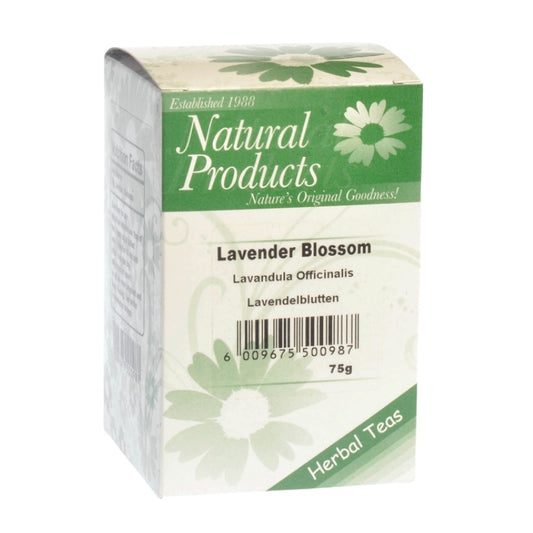
Liquorice Root: An Ancient Herbal Remedy in Modern-day Skincare
Cayla MandeanIs your skin feeling more "meh" than "marvellous"? Meet Liquorice Root, your new skincare companion. Derived from the Glycyrrhiza glabra plant - this ancient remedy has a reputation that has found its way into the modern world of skincare, becoming a go-to ingredient for its powerful brightening, anti-inflammatory, and soothing effects.
How to Use Liquorice Root?
Liquorice root contains various active compounds that contribute to its effectiveness in both herbal remedies and skincare formulations. The most notable among these is glabridin, a potent antioxidant that helps to inhibit melanin/ skin pigment production. This makes it highly effective in treating melasma, dark spots, post-inflammatory hyperpigmentation and sun-induced spots.
It also has a wide range of pharmacological properties including anti-bacterial, anti-inflammatory, anti-cancer, anti-osteoporosis, neuroprotection, and many other potential health-promoting effects. Additionally, liquiritin, another compound found in liquorice root, aids in dispersing and removing existing melanin, further enhancing skin tone.
Incorporated in skincare products, liquorice root can serve beautifully in a botanical extract and is particularly valued for treating hyperpigmentation, calming irritated skin, and providing antioxidant protection.
We cover more of this in Liquorice for Radiant Skin.
How Liquorice Root Benefits the Skin
Brightening and Even Skin Tone: Liquorice root is known for its ability to brighten the skin and reduce the appearance of dark spots. By inhibiting tyrosinase, the enzyme responsible for melanin production, it helps to prevent and diminish hyperpigmentation, resulting in a more even complexion.
Anti-inflammatory Properties: Liquorice root has amazing anti-inflammatory effects, making it ideal for soothing irritated skin, reducing redness, and alleviating conditions like eczema, rosacea and even acne. Its ability to calm the skin also makes it suitable for sensitive skin types.
Antioxidant Protection: The antioxidants in liquorice root can help protect the skin from free radical damage, which can lead to premature aging.
Moisturisation and Hydration: Liquorice root extract is often combined with other ingredients to deeply hydrate the skin, making it an excellent choice for dry or dehydrated skin.
What is the Recommended Usage or Concentration for Liquorice Root?
In skincare formulations, liquorice root extract is typically used at concentrations ranging from 0.5% to 5%. You can start with lower concentrations and gradually increase it to see how your skin reacts.
How to Safely Use Liquorice Root in Skincare
Patch Test:
As with any skincare ingredient, it's important to perform a patch test before applying liquorice root extract to your face. While it is unlikely to cause an actual allergy - depending on what other ingredients liquorice extract is mixed with, it can sometimes cause a reaction. By patch testing, you can determine if you have any sensitivities to the ingredient.
Sun Protection:
While liquorice root can help fade hyperpigmentation, it's crucial to pair it with a broad-spectrum sunscreen to prevent further sun damage. Sunscreen with SPF 30 or higher is recommended to protect your skin from UV rays and maintain the brightening effects of liquorice root.
Moisturisation:
Since liquorice root can be combined with other hydrating ingredients, using it in a serum or moisturiser can help keep your skin hydrated while reaping the benefits of its soothing properties.
Avoid Overuse:
Although liquorice root is generally gentle, it's best not to overuse products containing it, especially in combination with other potent actives like retinoids or strong exfoliants. Monitor your skin's reaction and adjust usage accordingly.
Monitor Skin Reaction:
If you experience any irritation, redness, or excessive dryness, consider reducing the frequency of use or discontinuing the product. Consult a dermatologist or skincare practitioner if necessary.
Interaction with Other Actives:
When used in conjunction with other potent ingredients, such as retinoids, AHAs, or BHAs, liquorice root could potentially increase the risk of irritation. We recommend avoiding these actives when incorporating our pigmentation buster serum in your skincare routine.










